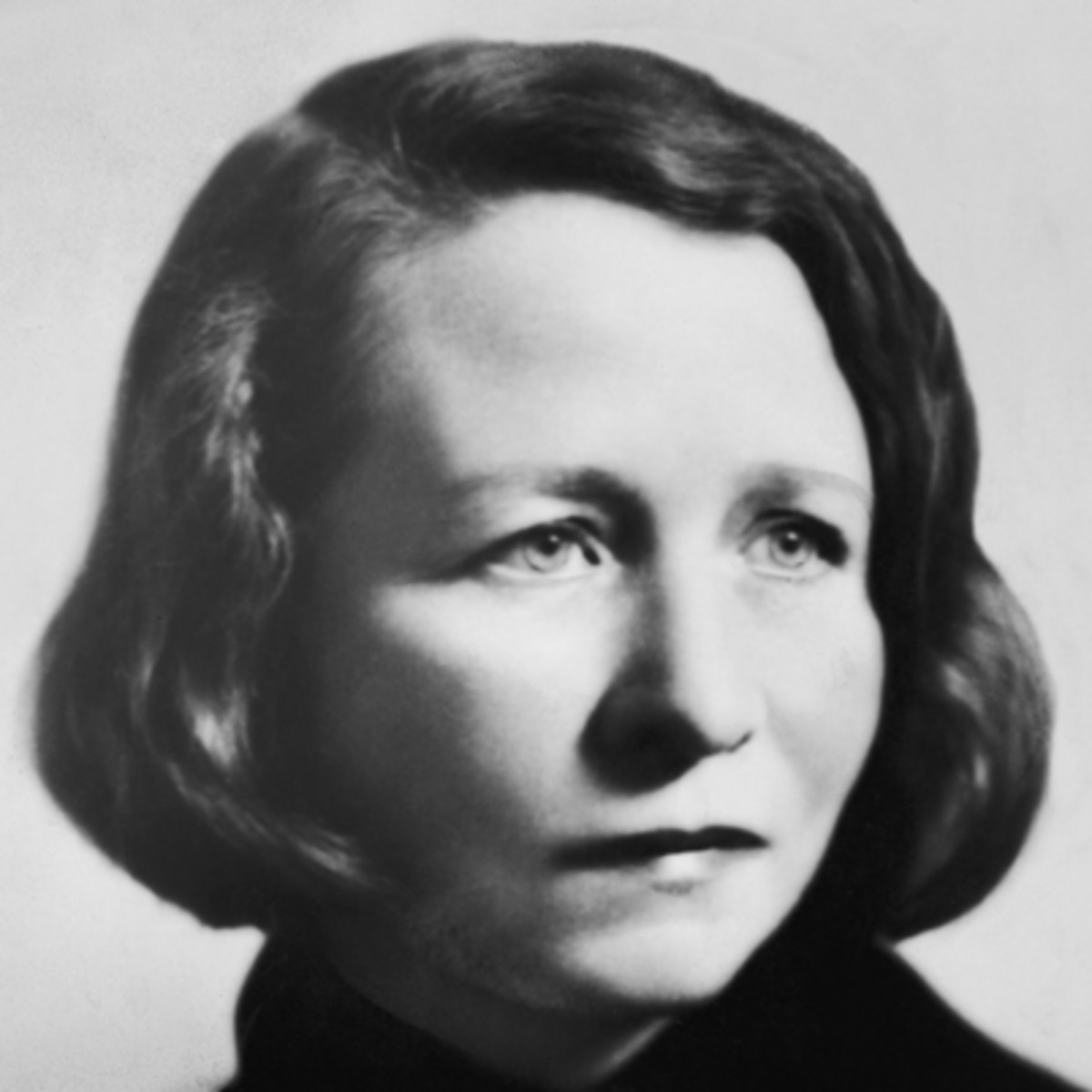Time cannot break the bird's wing from the bird.
Bird and wing together
Go down, one feather.
No thing that ever flew,
Not the lark, not you,
Can die as others do.
Published:
1931
Length:
Shorty
Literary Movements:
Modernism
Anthology Years:
2022
Themes:
Ars Poetica
Nature
Literary Devices:
Extended Metaphor
a metaphor that extends through several lines or even an entire poem
Metonymy
replacing the name of a thing with the name of something closely associated
Tercet
A stanza of three lines of verse that rhyme together or are connected by rhyme with an adjacent stanza.

